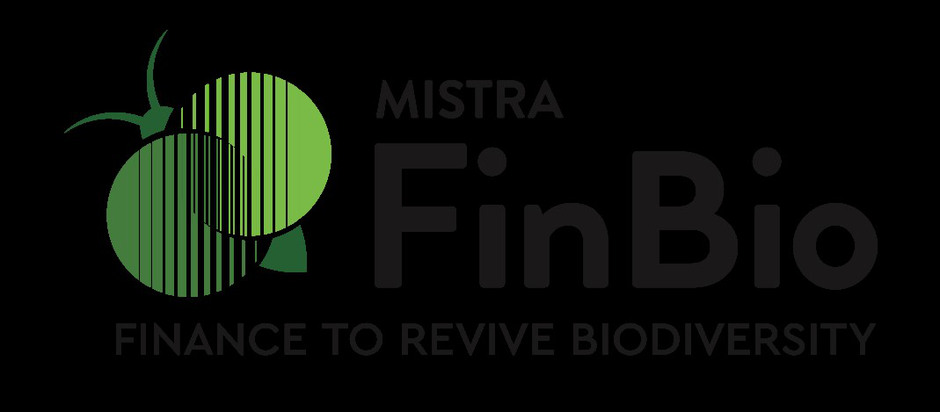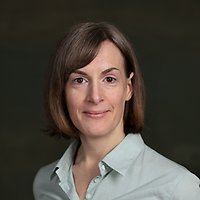Forskningsområden: Bioinformatik och genetik
Forskningsämnen: Biodiversitet, e-DNA
Project overview
Project period: 2022-2026
Participating units from the museum: Bioinformatics & Genetics Unit
As the biodiversity loss accelerates worldwide, it is increasingly acknowledged as a risk to society at par with the ongoing climate change. Growing awareness of the many risks posed by environmental degradation has led to a vast increased interest in sustainable investments. But how can me distinguish between investments? That requires data on how biodiversity changes over time as a result of investment decisions. But measuring biodiversity is highly complex. Fortunately, there are some key technical developments that show promise in providing the necessary data. One of these is environmental DNA, and its use is researched in the Finance to Revive Biodiversity program.

Project description
The Mistra Finance to Revive Biodiversity (FinBio) is a transdisciplinary research program that aims to support the financial sector in the much-needed transition to a more “nature-positive” economy. Nature-positive is a term that means activities that stop biodiversity loss as well as recover lost biodiversity. The program will involve testing new biodiversity metrics and tools together with the programs impact partners. These impact partners are selected financial actors that can implement and spread key outcomes from the program. Collaboration with these actors will support the growth of sustainable finance, and do so with a scientific foundation.
The program has participants from several different academic institutions and with highly diverse backgrounds: computational biology, bioinformatics, ecology and systematics, financial and trade economics, and philosophy.
The Swedish Museum of Natural History leads the part of FinBio that focuses on new technologies such as eDNA techniques and satellite data to monitor biodiversity. The overarching goal is to produce open source data that can inform financial decisions.
eDNA is DNA in a sample from the environment, for example a soil or water sample, or a sample from a so-called Malaise trap that collects flying insects. Using high-throughput DNA sequencing of these samples, it is possible to efficiently study the biodiversity of previously difficult organism groups, for example soil fungi and insects.
It is important that these new data are collected with open methods and that the data are shared openly. This will make is possible to compare data sets across the world, and to continuously build on the collective knowledge of biodiversity.
See more information on the program website: www.finbio.org External link.
External link.
Financiers
Funding comes mainly from Mistra. Stockholm Resilience Center together with impact partners also contribute.
Project participants
External participants
This is an interdisciplinary program with participation from Stockholm Resilience Center, the Swedish Museum of Natural History, IVL, University of Gothenburg, and Oxford University.
Projektansvarig

Projektdeltagare


